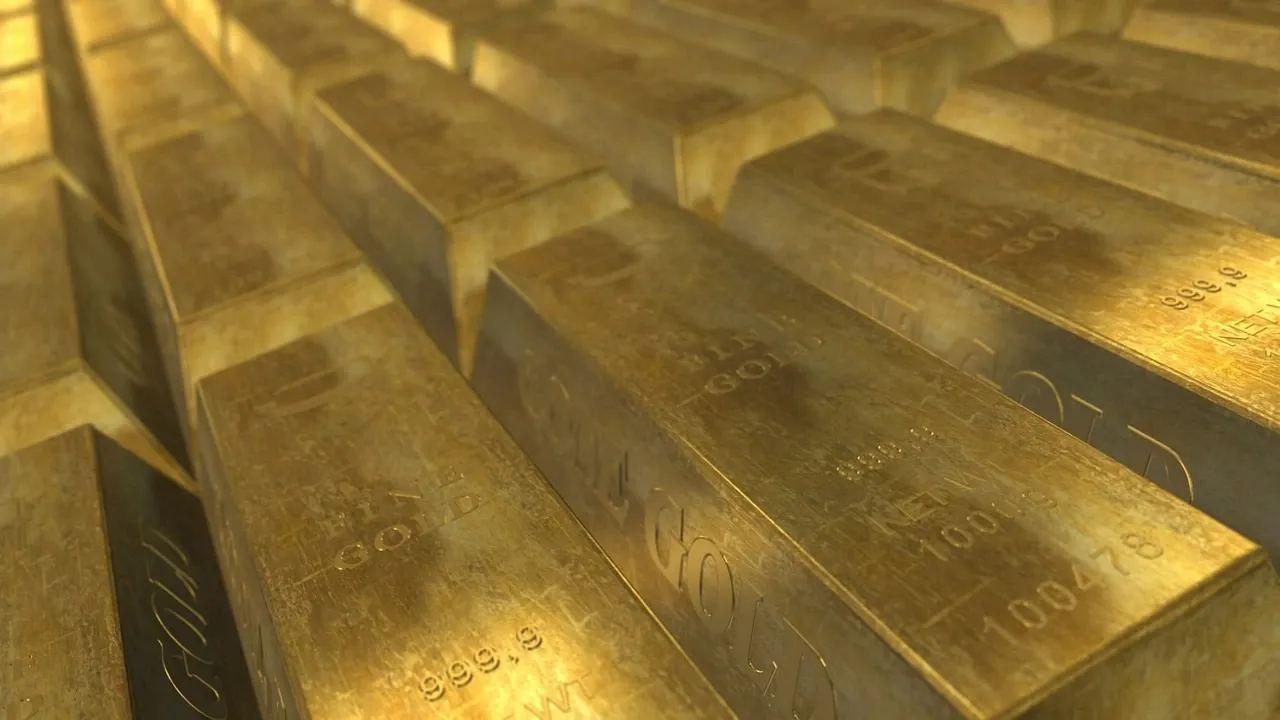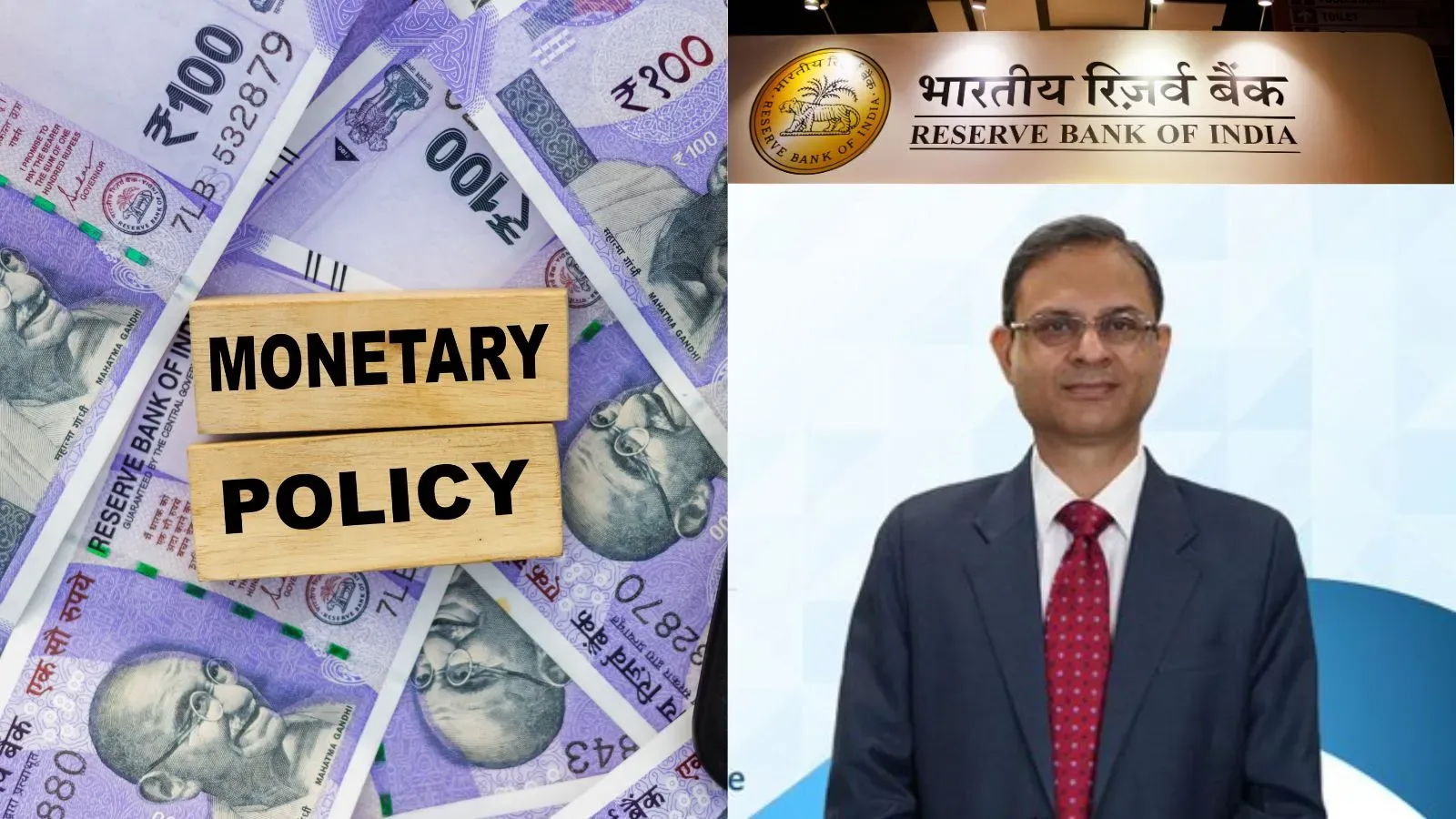Business News
How China is fueling gold’s record rally with unrelenting demand, central bank’s buying spree
.png)
3 min read | Updated on April 22, 2024, 09:30 IST
SUMMARY
The 'Shanghai premium', a levy imposed by China on the import of gold, has been rising consistently due to the surge in demand. The premium jumped to $89 an ounce in the start of April, more than double as compared to its average of $35 during 2023.

Import of gold in China, in first two months of 2024, jumped by 53% year-on-year
China, whose economy has been battered in the post-COVID-19 period, is seen to be powering the record rally in global gold prices with its unrelenting demand for the yellow metal. The country’s central bank has been on a buying spree, as it looks to shore up its gold reserves in the wake of global macroeconomic uncertainties.
Despite being the world’s biggest producer of gold, China has also shown an unrelenting demand for the import of the precious metal. It has surged past its economic rival India in terms of importing the key commodity.
Notably, gold prices have risen by around 10% in 2024 so far, and the surge has been sharper at nearly 45% since the outbreak of COVID-19 pandemic. Spot gold peaked to its highest price at $2,415 per troy ounce on April 19, as the demand for safe-haven assets shot up following the escalation of Iran-Israel tensions.
Here’s a look at how China has powered the gold rally:
- World’s top buyer
While India was long seen as the top gold buyer, the country slipped behind China last year. The demand for gold jewellery in China increased by 10% in 2023, whereas it dropped by 6% in India. The Chinese demand for gold bars and coins, in the same period, shot up by 28% as compared to a 7% jump in India, as per the data shared by the World Gold Council (WGC).
China witnessed a purchase of 279.5 tonnes of bullion – coins and bars – in 2023, as compared to 218.2 tonnes in 2022. In India, the bullion bought in 2023 came in at 185.2 tonnes as compared to 173.6 tonnes in the preceding year, as per the WGC data.
- Imports soar
The cumulative gold imports of China crossed 2,800 tonnes in the last two years, news agency Bloomberg reported, citing customs data. This is higher than all the gold that backs exchange-traded funds globally, and amounts to around two-third of the metal’s stockpile available with the US Federal Reserve.
As per the official data available for the first two months of 2024, the import of gold has jumped by 53% as compared to the preceding year.
- Central bank on buying spree
The People’s Bank of China (PBOC), the country’s central bank, has been buying gold for 17 straight months, marking its longest-ever run of purchases of the metal. As of March 31, its gold reserves stood at 72.74 million troy ounces, up 0.2% as compared to the preceding month.
With the Fed and other central banks projecting rate cuts in the near future, gold is considered as a safer bet to support foreign reserves, economists explain. Central banks around the world, including PBOC, are looking towards gold due to the potential global headwinds, as the war in the Middle East and projection of rate cuts in the US may lead to another round of global inflation, analysts said.
In China, where the economy has been plagued by a volatile stock market, prolonged real estate sector crisis and a weaker yuan, the rush for gold cannot be solely attributed to the central bank, experts said. They pointed towards the 'Shanghai premium' -- a levy imposed by China on the import of gold -- which has been rising consistently due to the surge in overall demand. The Shanghai premium jumped to $89 an ounce in the start of April, more than double as compared to its average of $35 during 2023.
By signing up you agree to Upstox’s Terms & Conditions
About The Author
Next Story

